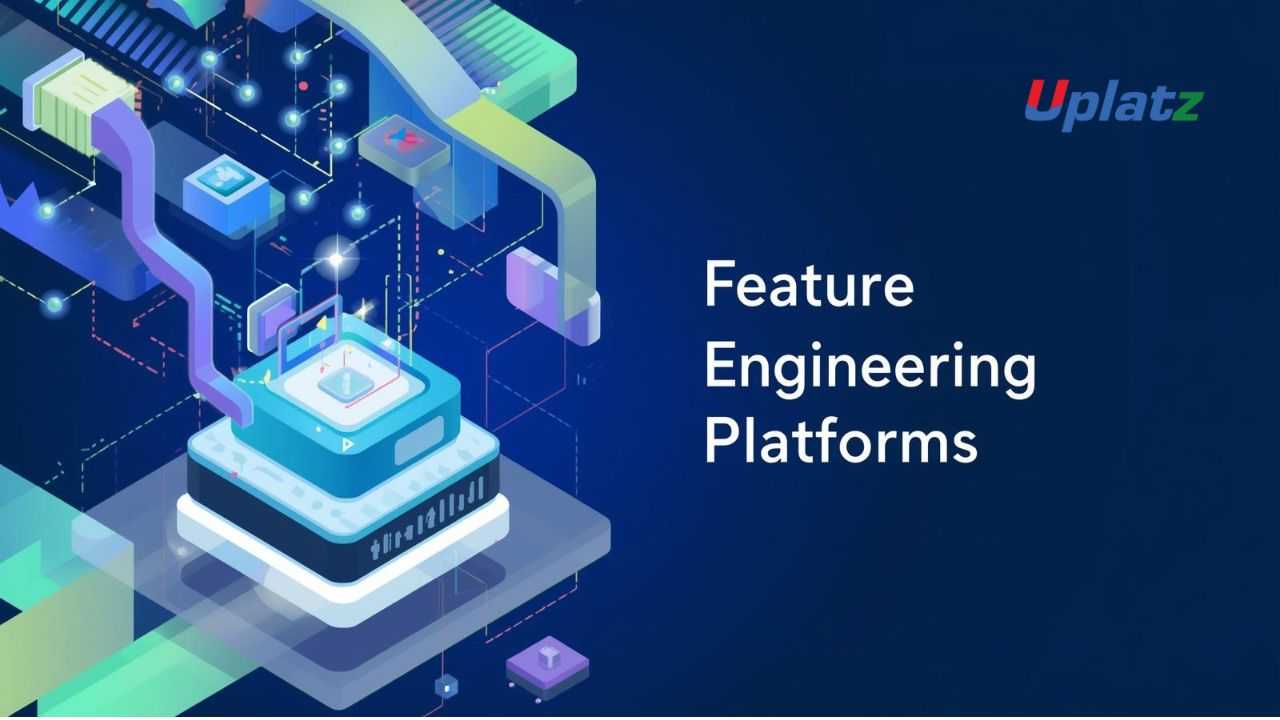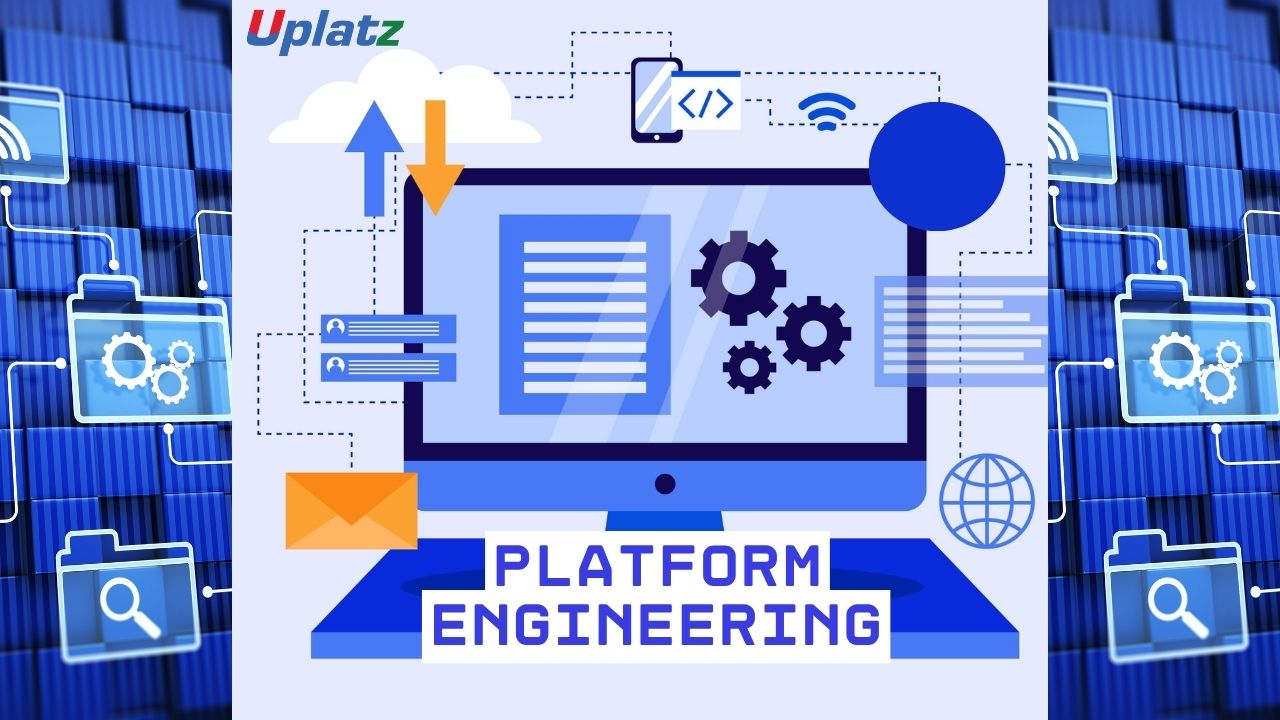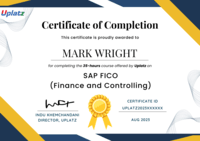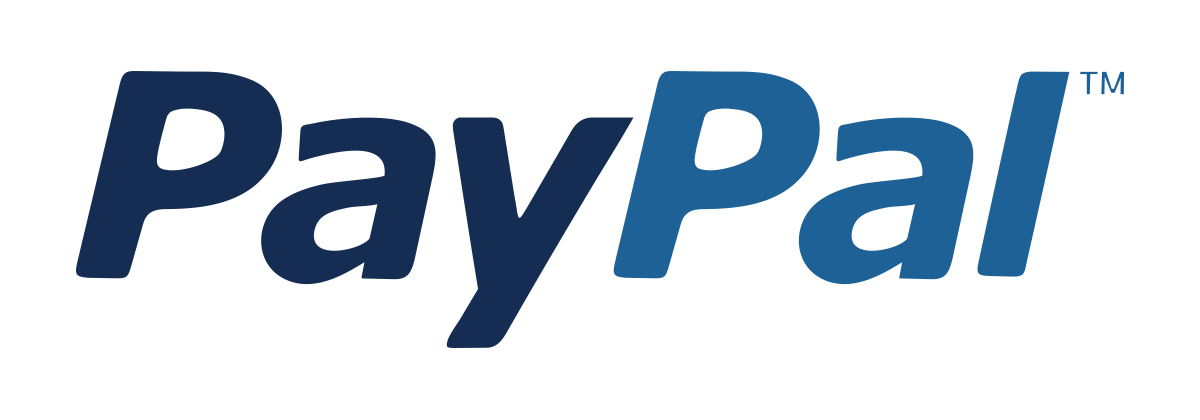Feature Engineering Platforms
Master feature engineering tools and workflows to build scalable, production-ready machine learning systems. Price Match Guarantee
Full Lifetime Access
Access on any Device
Technical Support
Secure Checkout
Course Completion Certificate
Price Match Guarantee
Full Lifetime Access
Access on any Device
Technical Support
Secure Checkout
Course Completion Certificate
 90% Started a new career
BUY THIS COURSE (
90% Started a new career
BUY THIS COURSE (GBP 12 GBP 29 )-
 81% Got a pay increase and promotion
81% Got a pay increase and promotion
Students also bought -
-

- Platform Engineering
- 41 Hours
- GBP 12
- 844 Learners
-

- Feature Store Engineering using Feast & Tecton
- 10 Hours
- GBP 12
- 10 Learners
-

- Foundation Model Engineering
- 10 Hours
- GBP 12
- 10 Learners

Feature Engineering Platforms – Powering Intelligent ML Pipelines
Feature Engineering Platforms is a comprehensive course designed to equip learners with the knowledge and practical skills to design, automate, and manage high-quality feature pipelines for machine learning systems.
Feature engineering is the backbone of every successful ML model — transforming raw data into meaningful inputs that improve accuracy, stability, and interpretability. Modern feature platforms extend this process, providing scalable, reusable, and real-time feature stores integrated across data and ML ecosystems.
This course combines the fundamentals of feature design with the implementation of enterprise-grade feature engineering platforms such as Feast, Tecton, Hopsworks, and Vertex AI Feature Store. You’ll learn how to create, manage, and serve features consistently across training and production environments, ensuring that ML models perform reliably and reproducibly.
Through practical exercises and project-based learning, learners will understand how to bridge the gap between data engineering and machine learning by operationalizing feature pipelines at scale.
Why Learn Feature Engineering Platforms?
As organizations scale AI initiatives, one of the biggest challenges is feature management—ensuring that data used for training and inference remains accurate, consistent, and available in real time.
Feature platforms solve this by centralizing the process of creating, storing, and serving machine learning features. They improve model reproducibility, accelerate deployment, and eliminate training-serving skew.
Learning feature engineering platforms helps you:
- Bridge data and machine learning operations.
- Improve model performance and maintain consistency.
- Enable collaboration through shared, versioned feature libraries.
- Implement continuous delivery for ML features in production.
Top AI-driven companies such as Uber, Airbnb, Netflix, and Shopify rely on feature stores to deliver consistent, reliable, and real-time ML predictions.
What You Will Gain
By completing this course, you will:
- Understand the principles and importance of feature engineering in ML.
- Design, test, and deploy scalable feature pipelines.
- Learn the architecture and components of modern feature stores.
- Implement real-time and batch feature serving for production ML.
- Manage feature versioning, lineage, and consistency across environments.
- Integrate feature stores with ML platforms like SageMaker, Databricks, and Vertex AI.
Hands-on projects include:
- Building a real-time feature store using Feast and BigQuery.
- Developing feature transformation workflows with dbt and Snowflake.
- Implementing ML model pipelines powered by reusable, shared feature sets.
Who This Course Is For
This course is ideal for:
- Data Scientists & ML Engineers developing production-grade ML pipelines.
- Data Engineers managing pipelines and data transformations.
- MLOps Practitioners deploying scalable model monitoring and feature services.
- AI Architects & Platform Engineers designing ML infrastructure.
- Students & Professionals interested in operational machine learning.
Whether you aim to improve ML performance or build enterprise-level AI infrastructure, this course provides the essential theory and tools to achieve it.
By the end of this course, learners will be able to:
- Explain the role of feature engineering in the ML lifecycle.
- Design and implement reusable feature pipelines.
- Understand the architecture and operation of feature stores.
- Build and manage both batch and real-time feature pipelines.
- Ensure data consistency and prevent training-serving skew.
- Integrate feature stores with MLOps tools and data platforms.
- Apply governance and monitoring practices for feature lifecycle management.
- Use metadata tracking, versioning, and lineage for reproducible ML.
- Optimize pipeline performance and data freshness at scale.
- Deploy production-grade feature engineering systems using modern cloud tools.
Course Syllabus
Module 1: Introduction to Feature Engineering
Definition, importance, and impact of feature engineering on ML models.
Module 2: Types and Techniques of Feature Engineering
Feature extraction, encoding, transformation, normalization, and selection.
Module 3: Understanding Feature Stores
Concept, benefits, and architecture of feature stores; offline vs. online stores.
Module 4: Introduction to Feast and Modern Feature Platforms
Setting up Feast, core components (registry, provider, online/offline store).
Module 5: Data Ingestion and Transformation for Features
Building ETL/ELT pipelines for feature creation using dbt, Airflow, or Spark.
Module 6: Real-Time vs Batch Feature Serving
Design patterns, streaming systems, and ensuring data consistency.
Module 7: Feature Versioning, Metadata, and Lineage
Tracking changes, ensuring reproducibility, and avoiding drift.
Module 8: Integration with ML & MLOps Pipelines
Connecting feature stores with model training, deployment, and CI/CD workflows.
Module 9: Monitoring and Governance in Feature Platforms
Feature quality monitoring, access control, and auditing.
Module 10: Scaling and Performance Optimization
Handling large feature sets, distributed systems, and caching strategies.
Module 11: Tools and Ecosystem Overview
Feast, Tecton, Hopsworks, Vertex AI Feature Store, and AWS SageMaker Feature Store.
Module 12: Capstone Project – Building a Production Feature Store
Design and deploy a complete feature engineering workflow integrating ingestion, transformation, serving, and monitoring.
Upon successful completion, learners will be awarded a Certificate of Proficiency in Feature Engineering Platforms from Uplatz.
This certification demonstrates your capability to design and operationalize feature pipelines that power production-ready machine learning systems. It highlights your ability to manage data consistency, automation, and observability across ML workflows—core skills for enterprise AI teams.
The credential signifies proficiency in both engineering (data pipelines, transformations, and serving layers) and operations (governance, CI/CD, and monitoring), positioning you as a reliable professional for data-intensive AI environments.
Earning this certificate validates that you:
- Can implement feature stores using modern cloud and open-source tools.
- Understand feature lifecycle management, versioning, and data governance.
- Are equipped to contribute to MLOps and real-time machine learning initiatives.
It serves as a recognized benchmark of competence for roles like ML Engineer, MLOps Specialist, Data Platform Engineer, and AI Infrastructure Architect.
Mastering feature engineering platforms prepares you for specialized, high-demand roles such as:
- Feature Store Engineer
- ML Engineer (MLOps/Production)
- Data Platform Engineer
- AI Infrastructure Developer
- Applied Data Scientist
These roles are highly sought-after in AI-first companies focused on real-time predictions, personalization, and automation — sectors like fintech, e-commerce, logistics, and healthcare.
- What is feature engineering and why is it important in machine learning?
Feature engineering transforms raw data into meaningful features that improve model performance and generalization. - What is a feature store?
A centralized system that manages, stores, and serves features consistently across training and inference environments. - What are the main benefits of using feature engineering platforms?
Improved consistency, scalability, collaboration, and reduced data leakage. - What are the differences between offline and online feature stores?
Offline stores support training and batch processes, while online stores provide real-time feature serving for inference. - What is training-serving skew and how can it be prevented?
It’s a mismatch between training and inference data; prevented by reusing feature definitions and centralized storage. - What are some popular feature store tools?
Feast, Tecton, Hopsworks, Vertex AI Feature Store, and AWS SageMaker Feature Store. - How do feature stores integrate with MLOps pipelines?
They connect with model training, CI/CD systems, and monitoring frameworks to ensure end-to-end consistency. - How is feature versioning managed?
By maintaining metadata and lineage to track feature changes and ensure reproducibility. - What are key metrics for evaluating feature store performance?
Data freshness, query latency, consistency, and accuracy of served features. - What challenges do organizations face in implementing feature platforms?
Integration complexity, real-time processing, governance, cost management, and team adoption.









